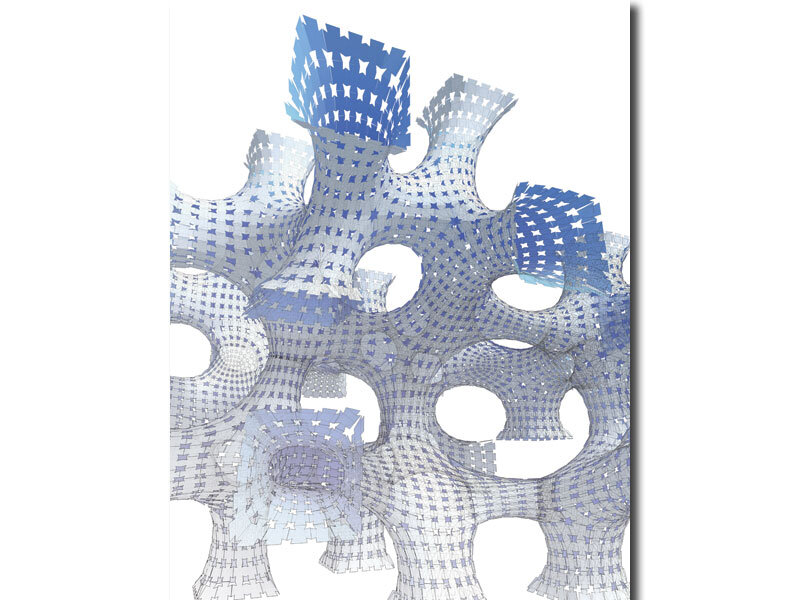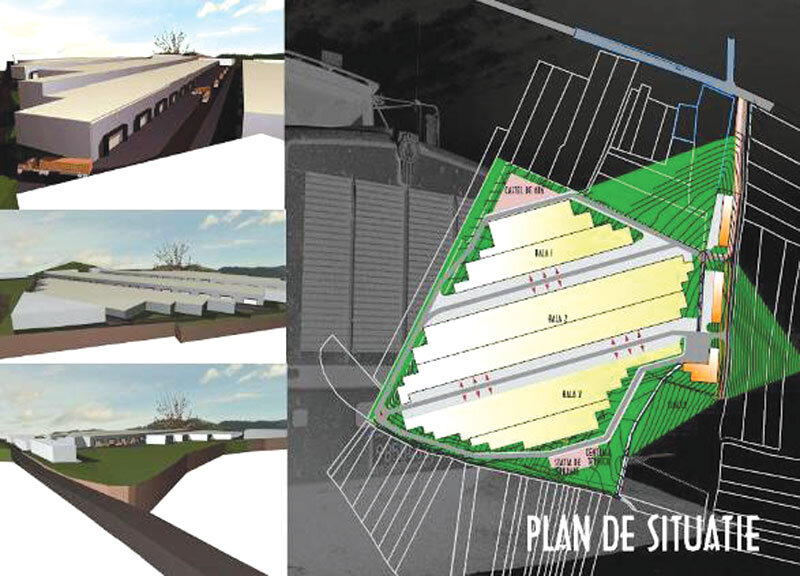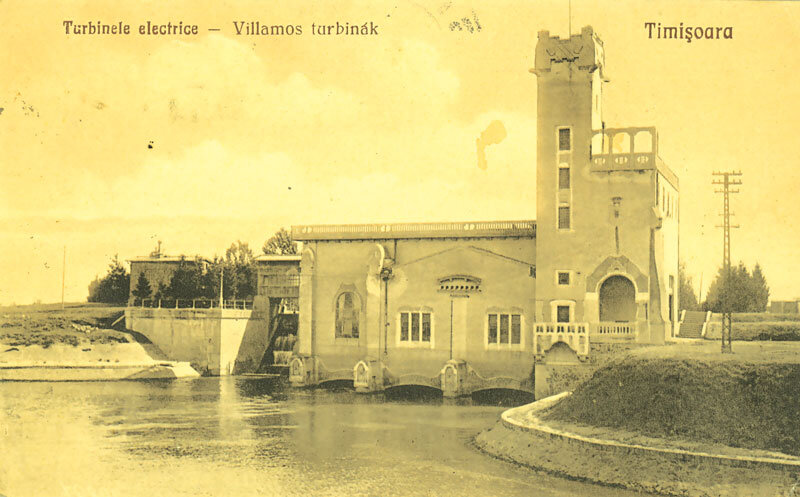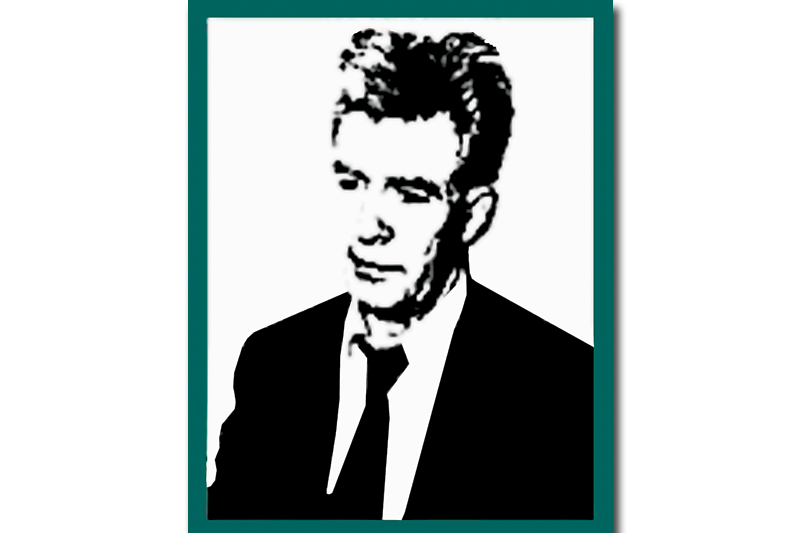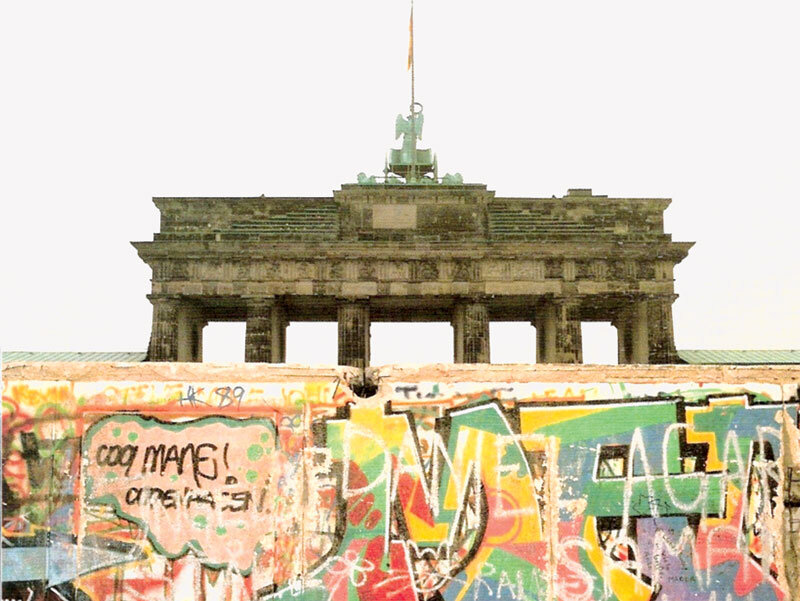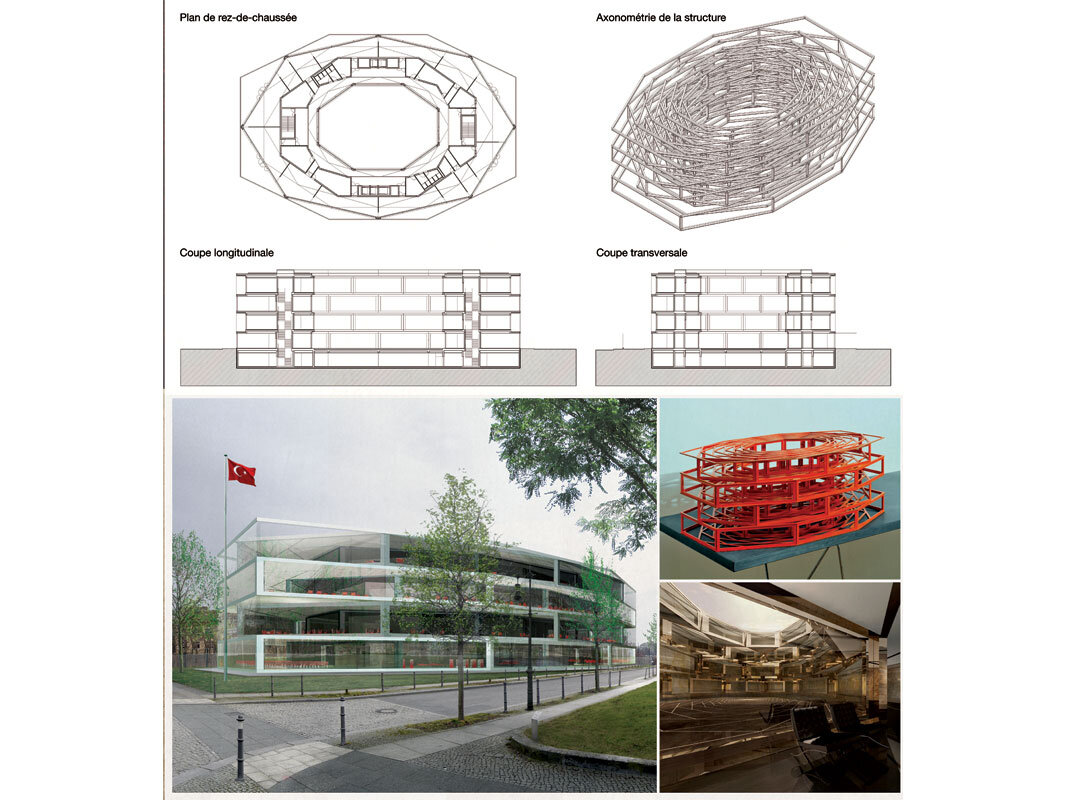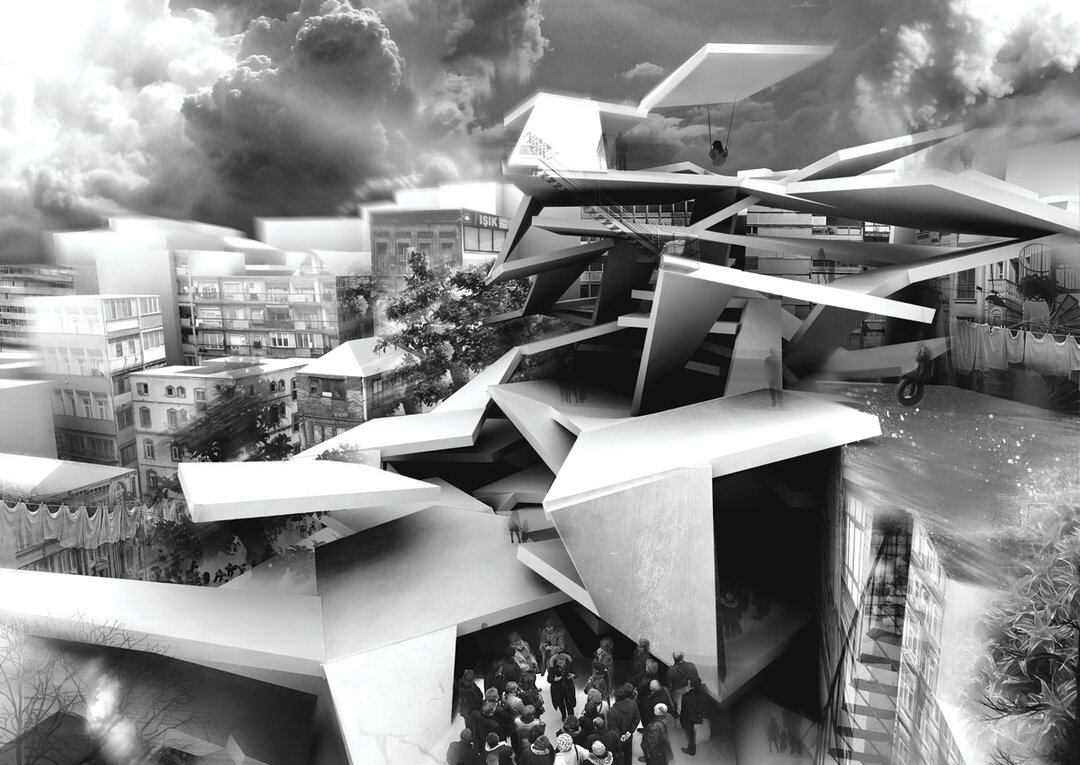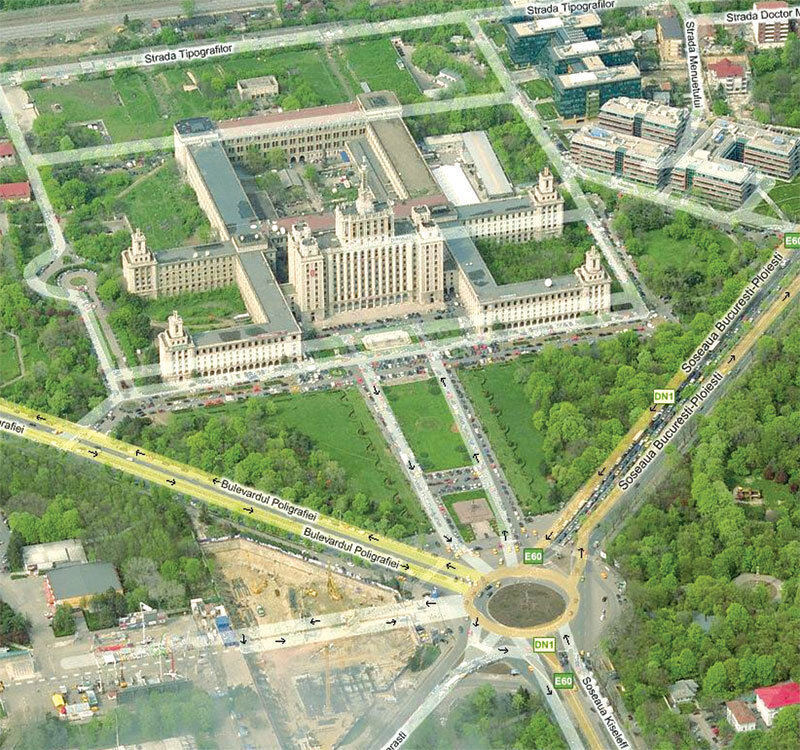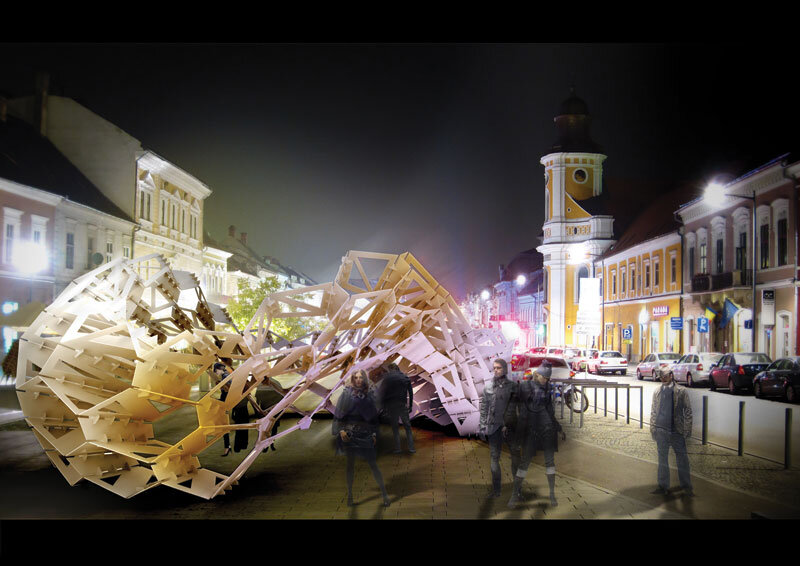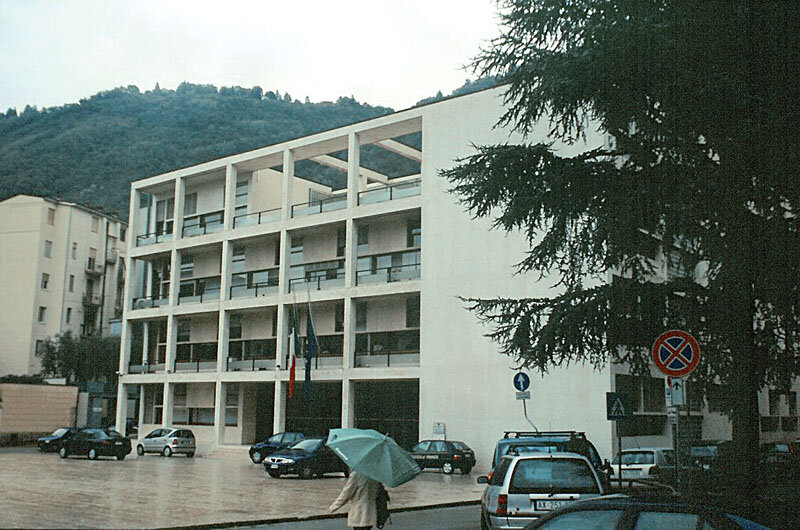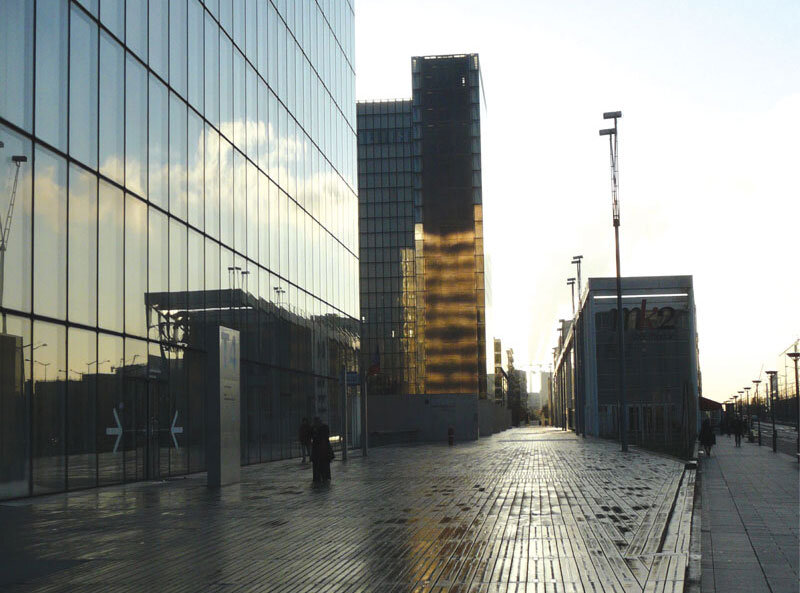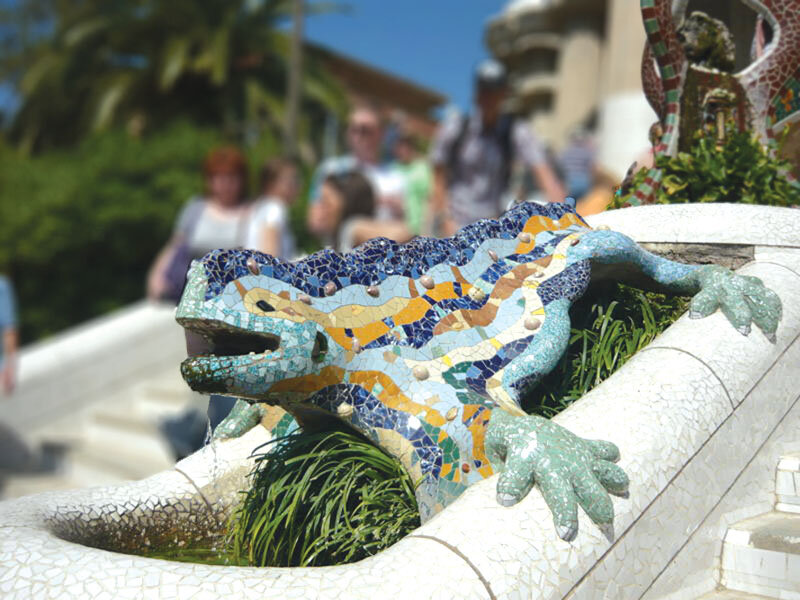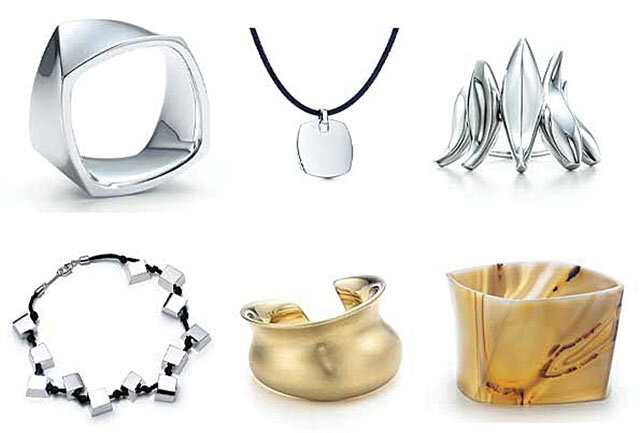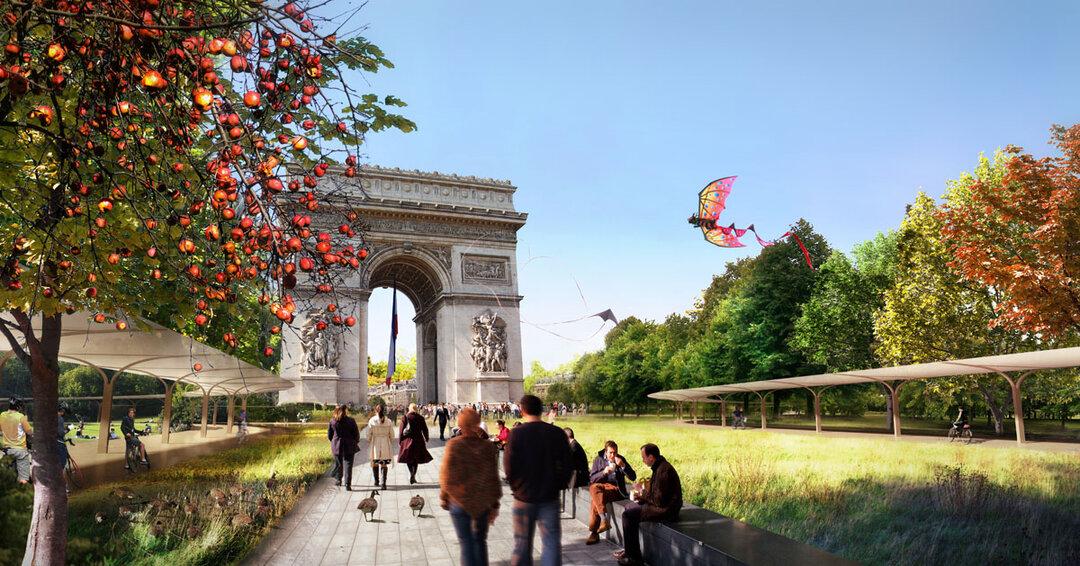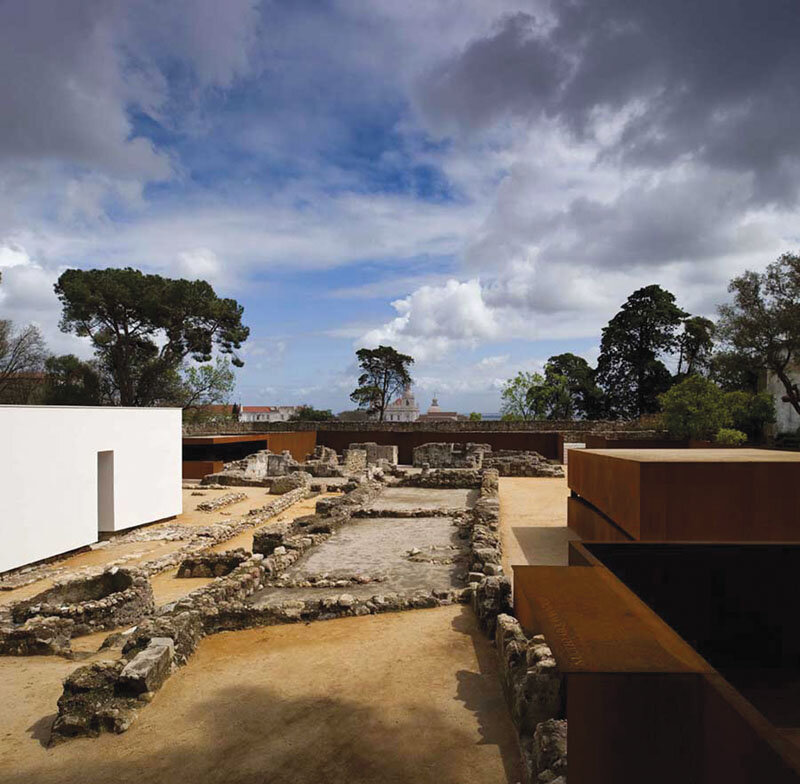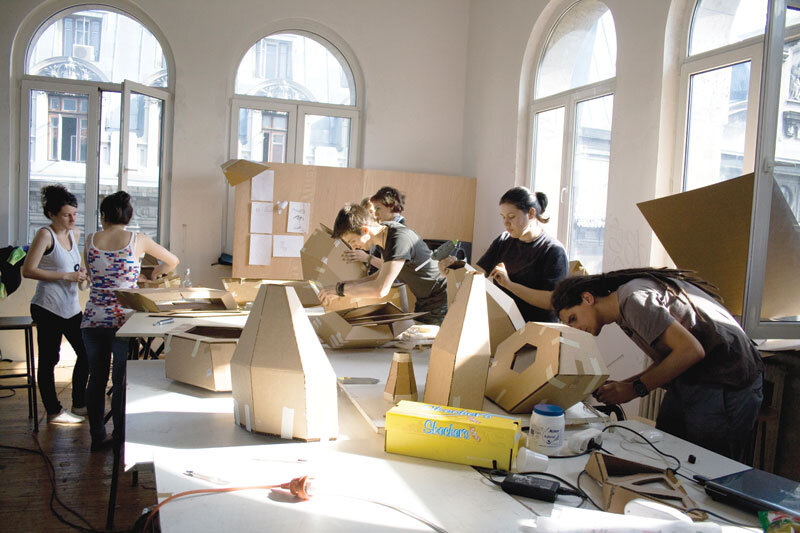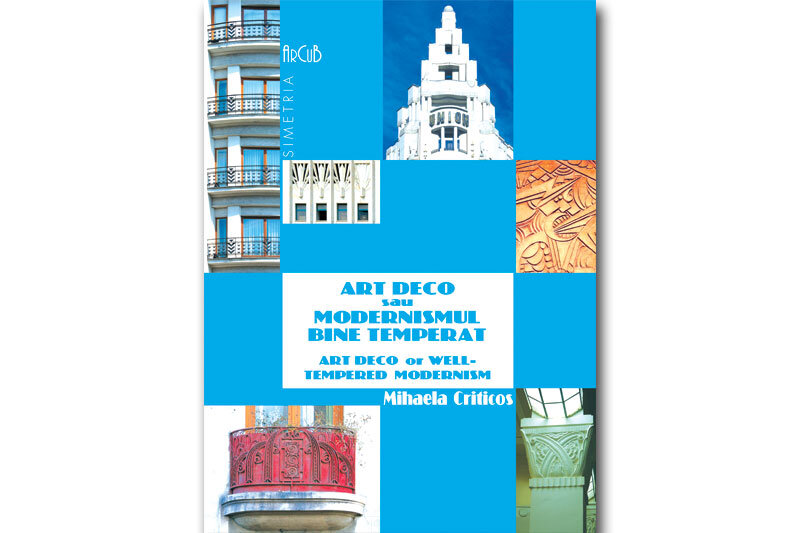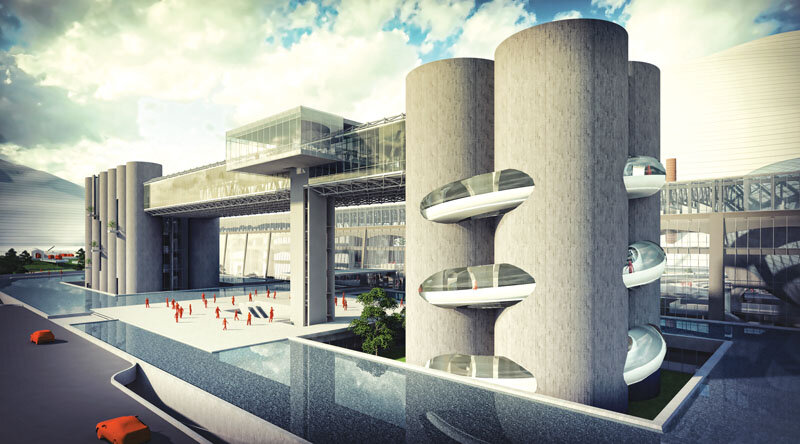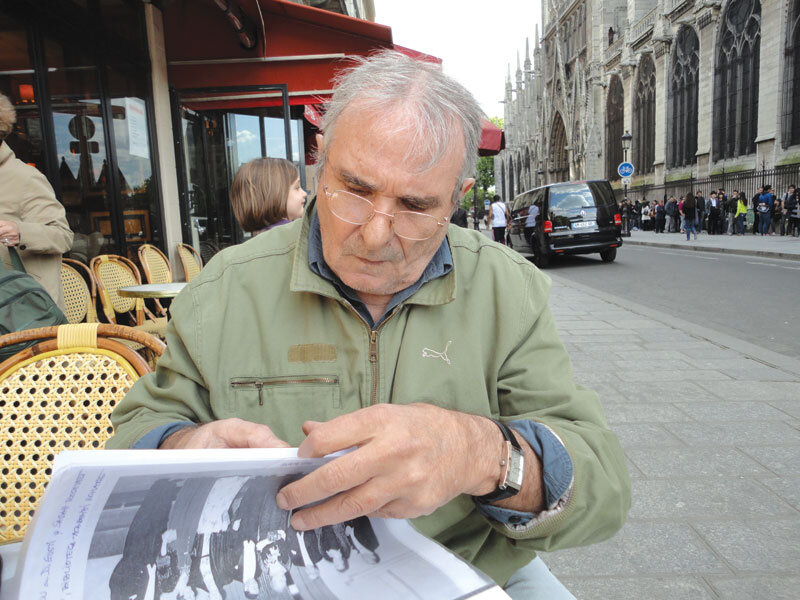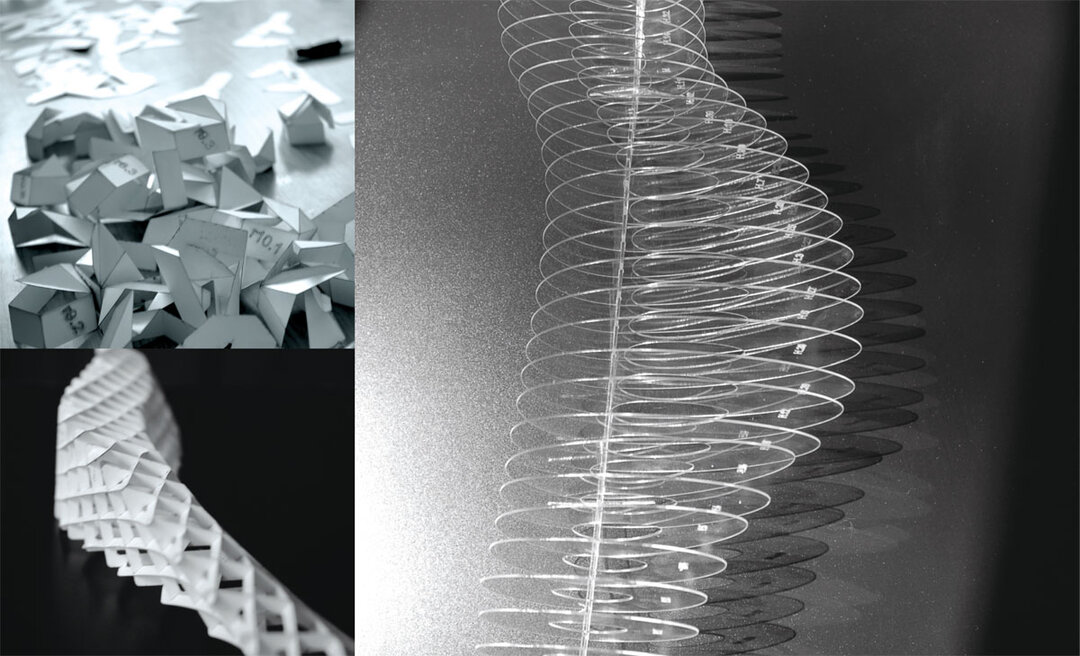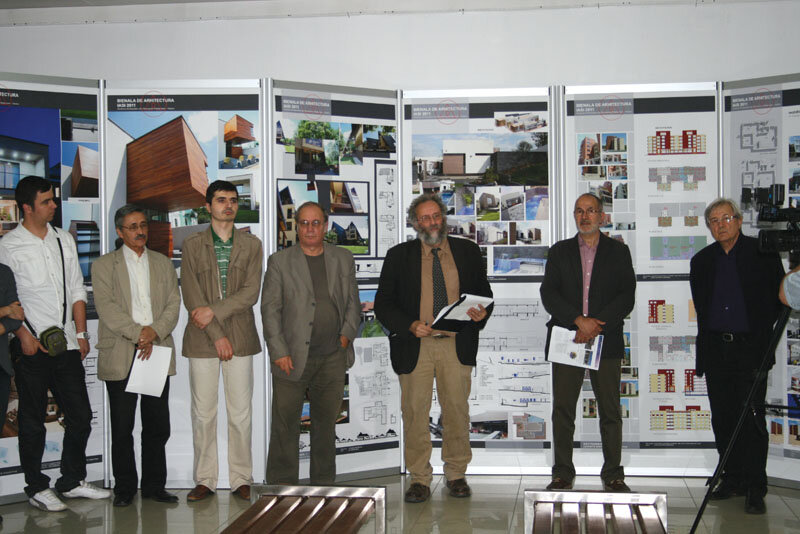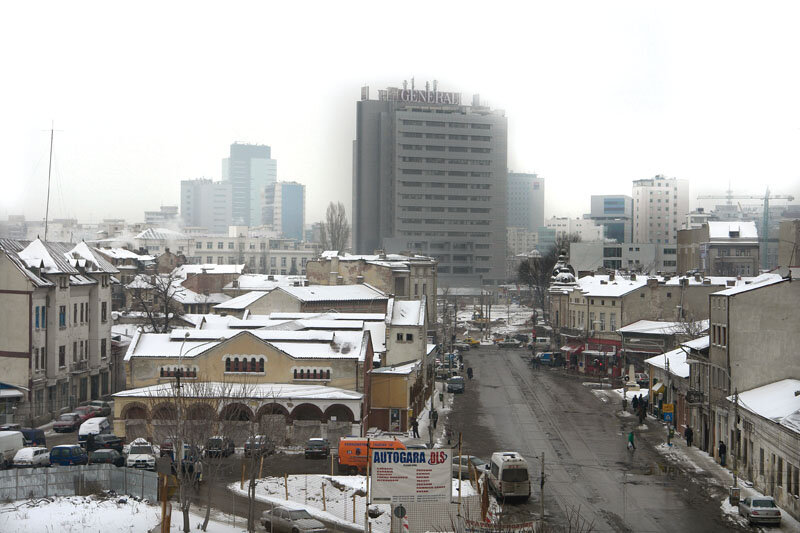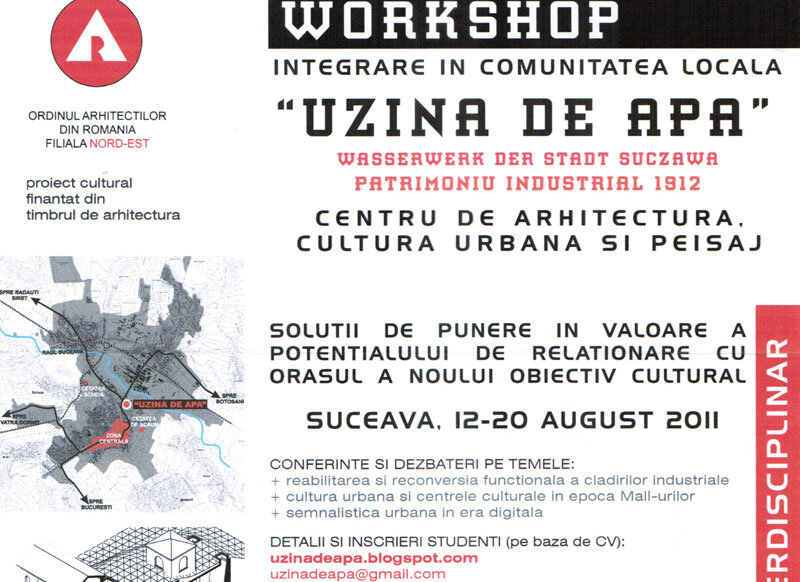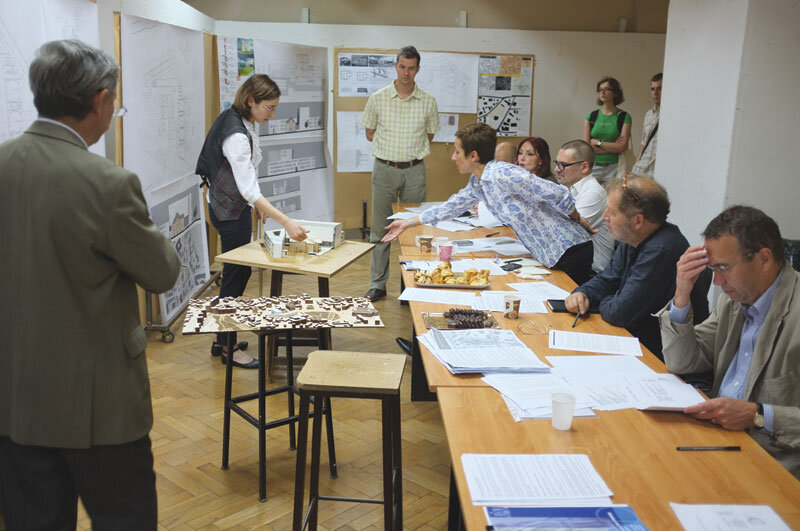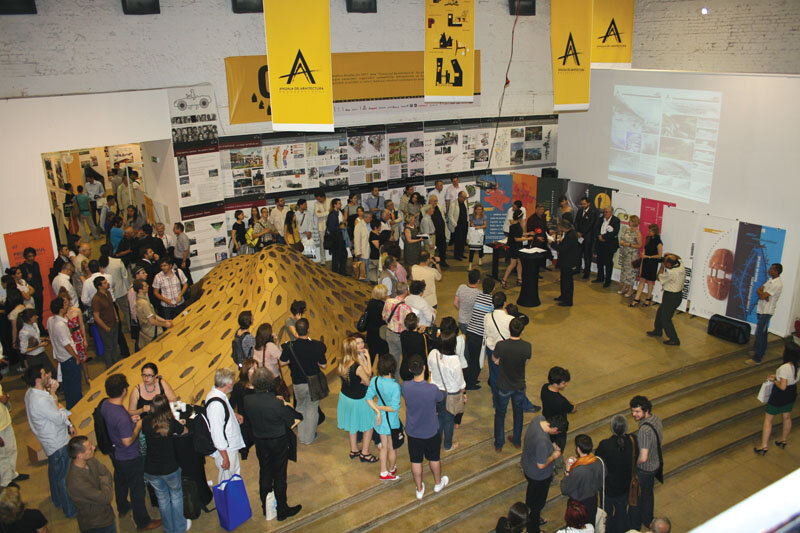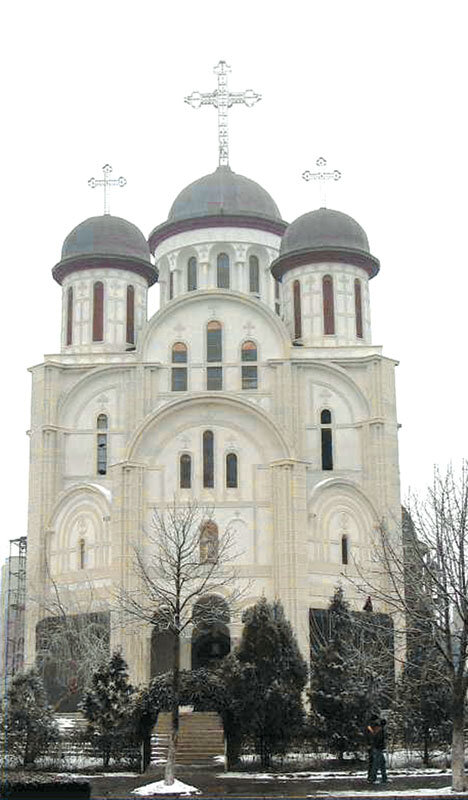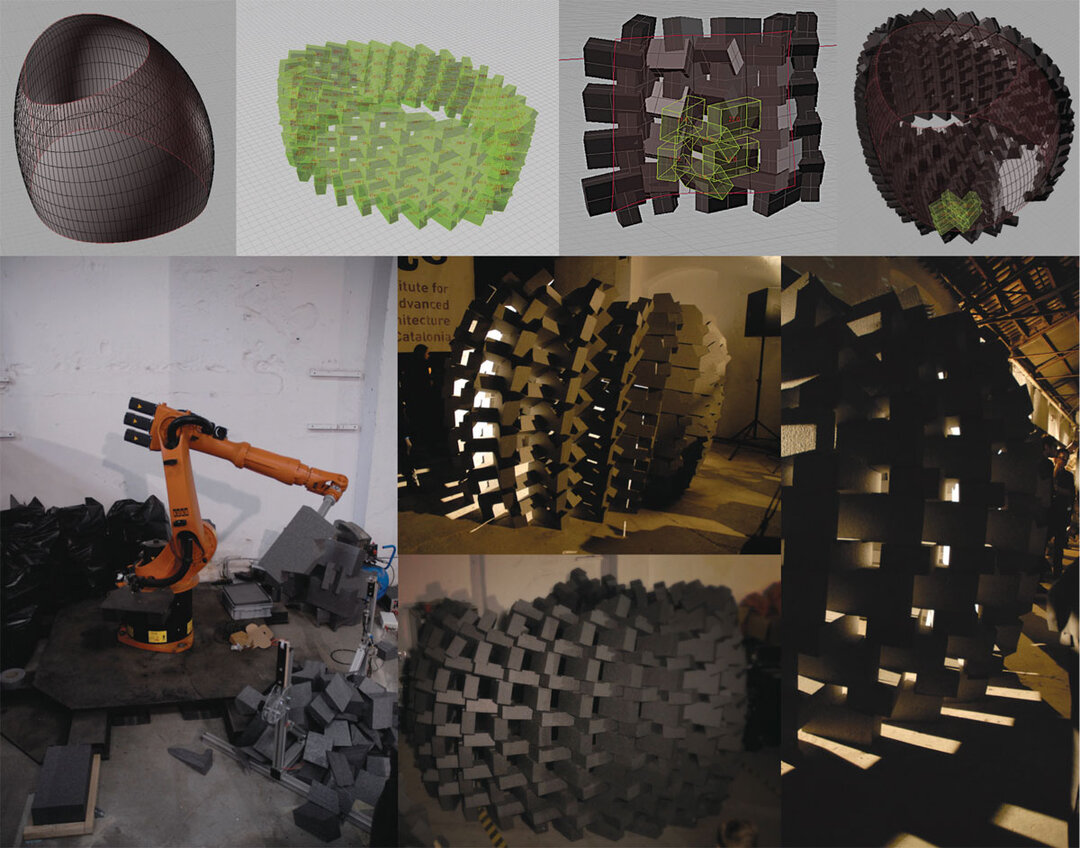
An engineer: Alexandru Cșmigiu
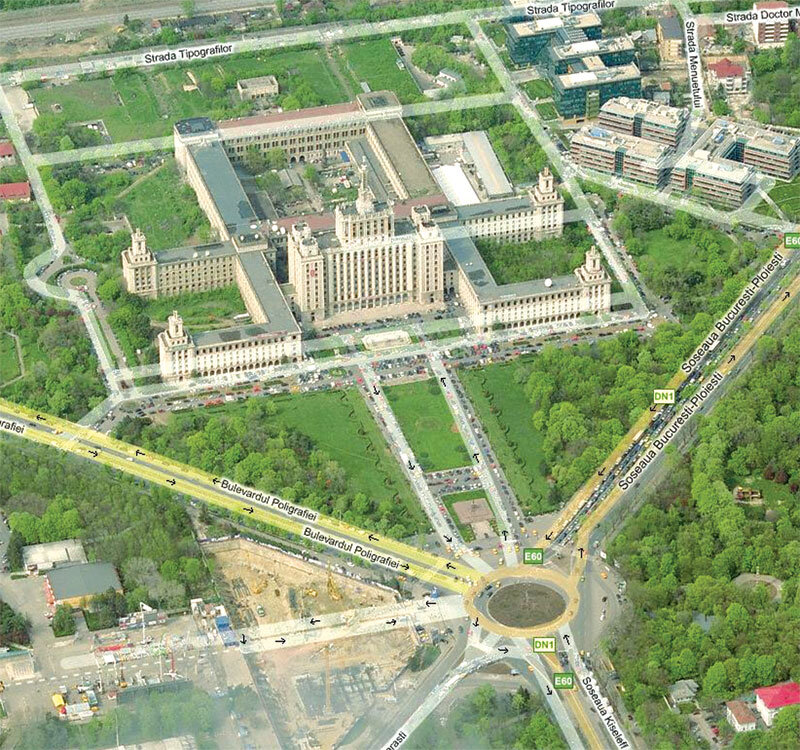
Rummaging through the flood of memories of my mentor, I thank fate for bringing me into contact with such a man. I will try to recount a few glimpses that spring to mind of what he called in a dedication "...human closeness by virtue of five decades of distinguished endeavors in science". In today's world, being a structural engineer is regarded with a certain disdain. People talk about engineering as a job learned on the job of necessity, very fashionable under communism and therefore worthy of contempt, which the really "high achievers" gave up, ashamed to have gone through it. A few exceptions, computer engineers and those in very new technologies.
In the world in which I worked, it wasn't quite like that. The tradition and ethics of the profession were stronger, there was added a real pressing responsibility, often a passion, sometimes an incredible dedication, even a search for a vision. Intuition of the behavior of matter and of the form in which it is embodied were necessary and essential for the designing engineer, projects were more leisurely, there was a certain amount of time for reflection, the technique of automatic calculation was not considered an end in itself, checks based on simple and intuitive formulas were used with success.
As a young engineer, co-opted since 1960 (a particular distinction) into the professor's inner circle, I appreciated with some skepticism his intense preoccupation with seismic phenomena, as it seemed to me to be exaggerated.
Experiencing the March 4, 1977 phenomenon, I realized that not only was I wrong to minimize the seismic concern, but it should have been even more comprehensive! At the professor's request, I translated into English the first Romanian seismic norm elaborated together with Eng. Titaru, to send it to the Seismic Congress in Tokyo: after reading it, the professor said: "Sounds good, my little prince!". It was a source of great satisfaction for me.
I consider the most important article in our technical building literature to be "After March 4, 1977" (Arhitectura no. 4/1977), by Alexandru Cișmigiu. I wonder today what has become of the "...the exhortation to aspire to coherence in the future work of the Architect-Structures couple" at the end of the article. And I note with pain that there is currently a lack of collaboration and even divergence between the two complementary specialties.
In recent years, I have traveled the roads of Moldavia and Bucovina several times with the beloved professor, stopping at many churches where his ingenious consolidation projects had been applied. The priests rewarded this activity by filling the trunk of our car with bottles of red wine, much appreciated by the professor, but of course representing a modest honorarium. To which Ștabul (as we called the professor) tells me to hide the bottles in his office, not to take them upstairs, lest Mrs. Ciișmigiu see that he doesn't bring something more substantial! Exemplary dedication and modesty! After the vascular accident, asking me to continue the structural guidance and checking for the completion of the project for the new Orthodox cathedral in Bacău, I asked him, on his sickbed, for more technical opinions: although his speech was impaired, his mind was crystal clear and his advice was an important encouragement for my work. Together with my memorable teachers from the Faculty of Construction, Alexandru Gheorghiu, Aurel Beleș, Mihail Hanganu,
Victor Popescu and others, together with Eng. Petru Vernescu, I consider Prof. Cișmigiu one of my main fathers, my mentors in the field of technology, but also an example of human approach.
Professor Alexandru Cișmigiu was an engineer! He embodied to a high degree the attributes of this concept. I cannot say more!

